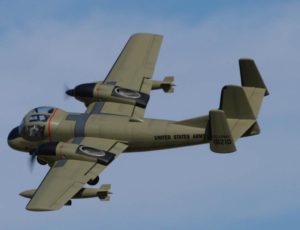Forty-nine years ago today, I said so long to my father, piled into a car with my mother and drove into downtown Portland, Ore., to begin two of the most important years of my life.
I was about to be inducted into the U.S. Army. I kissed Mom goodbye and reported to the induction station near the Greyhound bus stop. I took the oath, gathered my belongings and rode about three hours north to Fort Lewis, Wash.
I completed basic training nine weeks later and got my orders for where I would report for my advanced individual training: Fort Eustis, Va., where the Army would turn me into an aircraft mechanic.
We boarded a plane after graduation from basic and flew to Richmond, Va. En route from Boeing Field to Richmond, I chatted with one of the flight attendants.
“You must dread these flights with a bunch of military guys,” I said to her. “Oh, you guys are angels,” she replied. “The last military charter flight I worked carried a plane full of sailors who’d been on a submarine for six months.” I got the picture.
Sixteen weeks after arriving in Fort Eustis, I completed by training and then awaited my orders: Vietnam.
This is my segue into my discussion topic for the next brief period: The Ken Burns-Lynn Novick documentary film on “The Vietnam War” that will air on Panhandle PBS beginning Sept. 17. It’s a must-watch TV event. At least it is for me.
***
I arrived in-country at Bien Hoa Air Base, South Vietnam in the spring of 1969 and was bused immediately to Long Binh, the huge logistics center near Saigon. I was there only for about four days before I got my orders for Marble Mountain, a secure base just south of Da Nang. While at Long Binh, though, I had to perform some of the usual duties assigned to newly arrived soldiers, such as burning fecal matter from the latrines scattered throughout the sprawling compound.
I flew to Da Nang aboard a C-130 transport plane and reported for duty.
I was what the grunts called a REMF, which stood for “rear echelon mother-f*****.” I didn’t take it personally. I knew we were doing important work there. Our task was to keep OV-1 Mohawk reconnaissance planes in flying condition to perform their duty. Later, I would be assigned to another station at the I Corps Tactical Operations Center, where I became a “flight operations specialist”; my task there was to communicate with aircraft — and to scramble missions on an as-needed basis.
My time in Vietnam was largely uneventful, although we weren’t entirely immune from occasional mortar and rocket barrages from the bad guys camped inside Marble Mountain.
I served and then came home. I remained somewhat confused about a couple of aspects of that conflict in which I participated.
What were we doing there? And for what purpose?
The PBS documentary I hope helps resolve some of that confusion for me. That’s my goal in my plan to watch every single moment of it. I suspect as well that many millions of other fellows my age will want to understand that period of our nation’s history.
I hope Burns and Novick provide us all with the understanding we want — and which some of us need.
The Vietnam War will be told through rare archival film, interviews with those on both sides of the conflict — and through some of the coolest music ever recorded.
I am waiting with bated breath.
